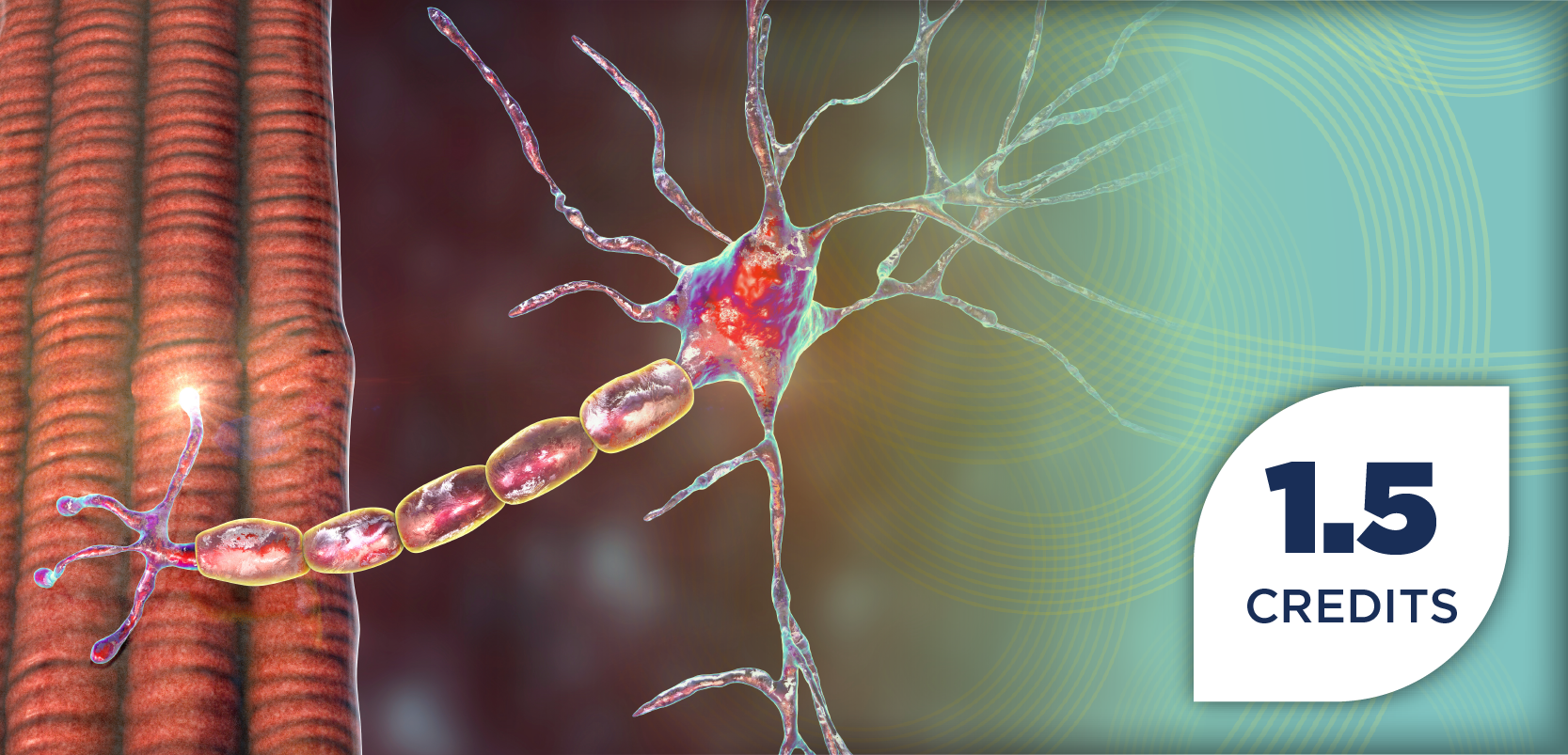
Machine Learning Shows Promise Predicting Progression of CKD to Kidney Failure
Key Takeaways
- Machine learning models effectively predict CKD progression using large clinical datasets, focusing on kidney function, complications, and etiologies.
- Age, sex, and serum albumin are significant variables in predicting CKD progression, with diabetes and hypertension as leading causes.
These findings can lay the foundation for the development of machine learning models in chronic kidney disease (CKD) and kidney failure.
In health care, artificial intelligence (AI)—in particular, machine learning models—have demonstrated promise in the optimization of clinical decision-making and diagnosis. Chronic kidney disease (CKD) may serve as an ideal disease state to use machine learning models, primarily because of the large amounts of routinely collected clinical and biochemical data. Authors of a review published in Nephrology aimed to identify the most important variables used in machine learning models to predict the progression of CKD to kidney failure.
The study authors searched for studies on the Ovid Medline and EMBASE databases in August 2023. Studies related to CKD, machine learning, and end-stage renal disease were included. Additionally, studies were included in the review if they had the following characteristics:
- Adults aged 18 years and older
- The population has CKD at baseline, defined as at least 3 months of kidney damage; estimated glomerular filtration rate (eGFR) 60 mL/min/1.73 m2 or less; or signs of kidney damage such as proteinuria, hematuria, blood, or imaging abnormalities
- Machine learning is the focus of the predictive model
- The study measures kidney failure as the outcome (defined by eGFR, either ≤ 15 or ≤ 10 mL/min/1.73 m2, commencement of kidney replacement therapy, dialysis, or transplant)
- The study describes variables incorporated into the model
The authors included a total of 16 articles, which had 297,185 patients with CKD, with study sample sizes ranging from 436 to 184,292 patients (average: 18,574 patients). Additionally, the most common demographics were age and sex, which were included in 16 and 15 studies, respectively. As for comorbidities, vascular disease—including cardiovascular disease, peripheral vascular disease, coronary artery disease, and cerebrovascular disease—occurred in 7 studies, smoking status in 5, and CKD etiology were considered in 4 studies. Half of the studies (n = 8) recorded clinical variables such as blood pressure and body mass index.
The investigators determined that machine learning is a promising tool to predict the progression of CKD to kidney failure. The authors identified variables that are primarily related to 3 broad categories: overall kidney function (e.g., renal function and proteinuria); complications of CKD (e.g., chemistry panel, full blood examination, calcium, magnesium, and phosphate/parathyroid hormone); and factors associated with potential CKD etiologies (e.g., lipid levels, history of hypertension, diabetes mellitus, vascular disease, and diabetic markers).
Variables that related to the consequences of CKD featured heavily across the identified studies, though the authors explained that this was not a surprise because information contained in a full blood examination provides important information directly related to anemia of CKD seen in the latter stages of the disease. The models also observed that metabolic bone disease and electrolyte derangement are additional common complications of CKD and support the inclusion of these variables into observed models.
Additionally, serum albumin was identified as 1 of the top 5 most important variables across the included studies; however, this was not considered to fit in the 3 broad categories established by the authors. Variables related to CKD etiology were also featured heavily within the included machine learning models, with diabetes and hypertension being the leading causes of CKD. Age and sex were also additional variables featured in terms of frequency and importance, which were among the strongest influences in terms of frequency and importance.
A limitation of one of the models predicting kidney failure is that it only integrates those that represent a single point in time. Additionally, the authors noted that they only included studies that had utilized machine learning and AI and that they did not train the models themselves; therefore, some language and predictions may not be accurately represented within the review. Further, the variables were grouped into overall categories, which were created on assumptions based upon clinical experience and criteria.
REFERENCE
Miller ZA, Dwyer K. Artificial Intelligence to Predict Chronic Kidney Disease Progression to Kidney Failure: A Narrative Review. Nephrology. 2025;30:e14424. doi:10.1111/nep.14424
Newsletter
Stay informed on drug updates, treatment guidelines, and pharmacy practice trends—subscribe to Pharmacy Times for weekly clinical insights.


















































































































































































































